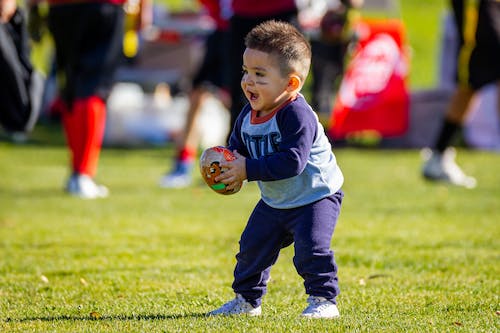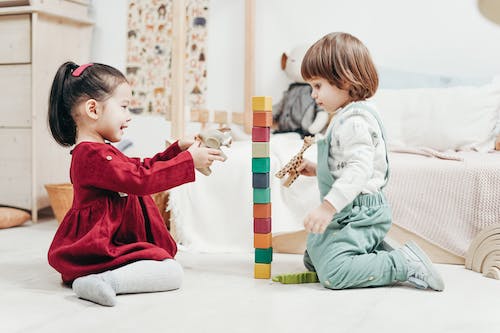Interactive learning is a part of early childhood development where your child learns new skills and improves their cognitive development. However, this doesn’t mean that kids need to be in school to learn. Parents can create an interactive learning environment in their homes to stimulate constant learning and development without making the child feel overwhelmed. Here are a couple of ways parents can create an interactive environment.
Stickers, Mats, And Stencils
An interactive environment includes all the things your child might interact with. But this doesn’t mean only books, school supplies, and play areas. An interactive environment also includes decorations and designs that might help your child learn.
For example, you can add learning-based stickers to their rooms and desks so that each time they look at them, they learn something. Studies show that children are attracted to creative and colorful things, so they’ll be more interested in the alphabet, words, characters, and numbers on those stickers and mats, enabling them to improve their learning and development.
Story Times
Stories are a great way to improve your children’s hearing and understanding. Additionally, kids like reading the same stories several times. As a result, the repetitive hearing helps them improve their literacy skills and allows them to keep track of characters and their development. Having lots of storybooks will give your children the opportunity to expand their creativity and stimulate their minds which will help in their development.
Art Corner
Art is an expression, and children are a lot more expressive than adults. A good way to help them explore their creative side is through art. You can help them set up a dedicated space in your house for art so your child can go there whenever they feel like drawing, coloring, or painting. It’s important to have a special place instead of just giving them art supplies because a dedicated place will allow them to get creative whenever they feel like it, instead of just getting a specific time for art.

Mini Library
Books are our lifelong friends, and creating a habit of reading will help them develop their creative tendencies and absorb new concepts. This is also a good stage for introducing a second language into your child’s vocabulary. Studies show that learning a second language helps improve a child’s cognitive development and improve their memory. To help your child get the motivation to read, it’s a good idea to create a mini library so they’ll feel excited and happy when they pick a book to read. Additionally, having a mini library will help divert their attention toward reading.
Communication And Emotional Development
Communication and emotional development are crucial parts of your child’s development. Creating an environment that promotes such development helps your child grasp concepts better, improve their speech, and regulate their reactions. You can try helping your children make small speeches on their favorite topics to improve their speech. This will help them expand their vocabulary and also learn how to express themselves with words.
Learn More Educational Tips With Helping Miami
At Helping Miami, our aim is to help the Miami community lead more fulfilling lives. We publish blogs on leading topics, including educational assistance programs, DUI victim assistance programs, mental health awareness, autism resources, and more. You can also look up traffic and moving violations and immigrants’ resources. So hurry up, read our blogs, and learn more.

